New Study Reveals Rare Soft Tissue Fossils of Ancient Trilobites
Trilobites are ancient marine arthropods that lived in Earth’s oceans from 521 million to 252 million years ago.
Known for their distinctive calcite exoskeletons, they are among the most well-documented prehistoric creatures. Over 22,000 species have been identified, showcasing their incredible diversity.
Trilobite Fossilization
The trilobite exoskeleton fossilizes easily due to its calcite composition. However, fossils showing soft body parts like antennae and walking legs are extremely rare.
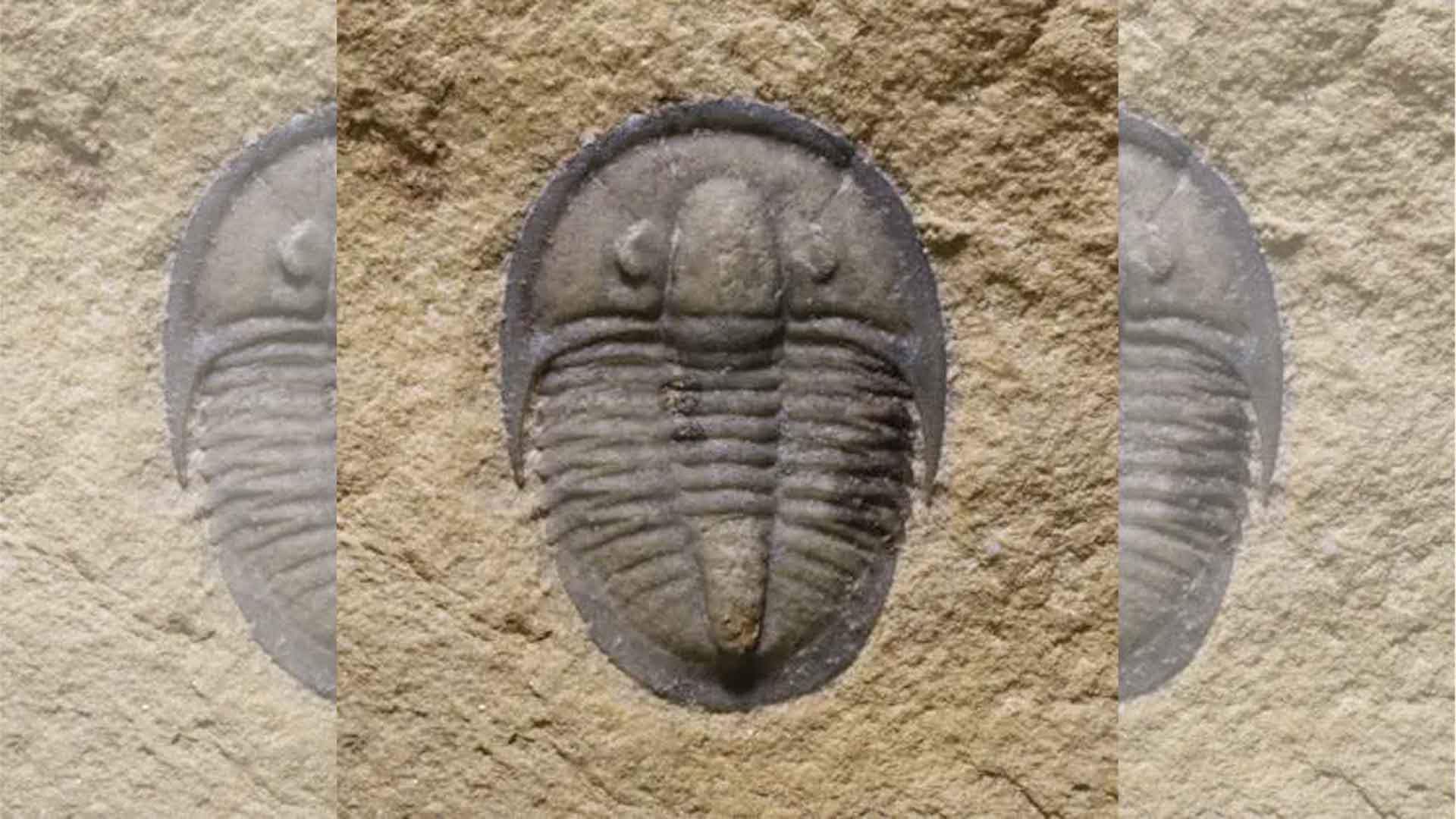
Source: John Paterson/Yahoo
Soft tissues are often obscured or flattened by sediment, making such discoveries invaluable.
The Moroccan Discovery
A recent study published in Science, however, highlights a remarkable find in Morocco. Researchers discovered trilobites preserved in volcanic ash, making them the most anatomically complete specimens ever found.

Source: Freepik
This discovery includes not just exoskeletons but also antennae, legs, mouth structures, and digestive systems.
The Cambrian Age
These fossils date back to the Cambrian period, around 509 million years ago. This era was crucial for the development of complex life forms in Earth’s oceans.
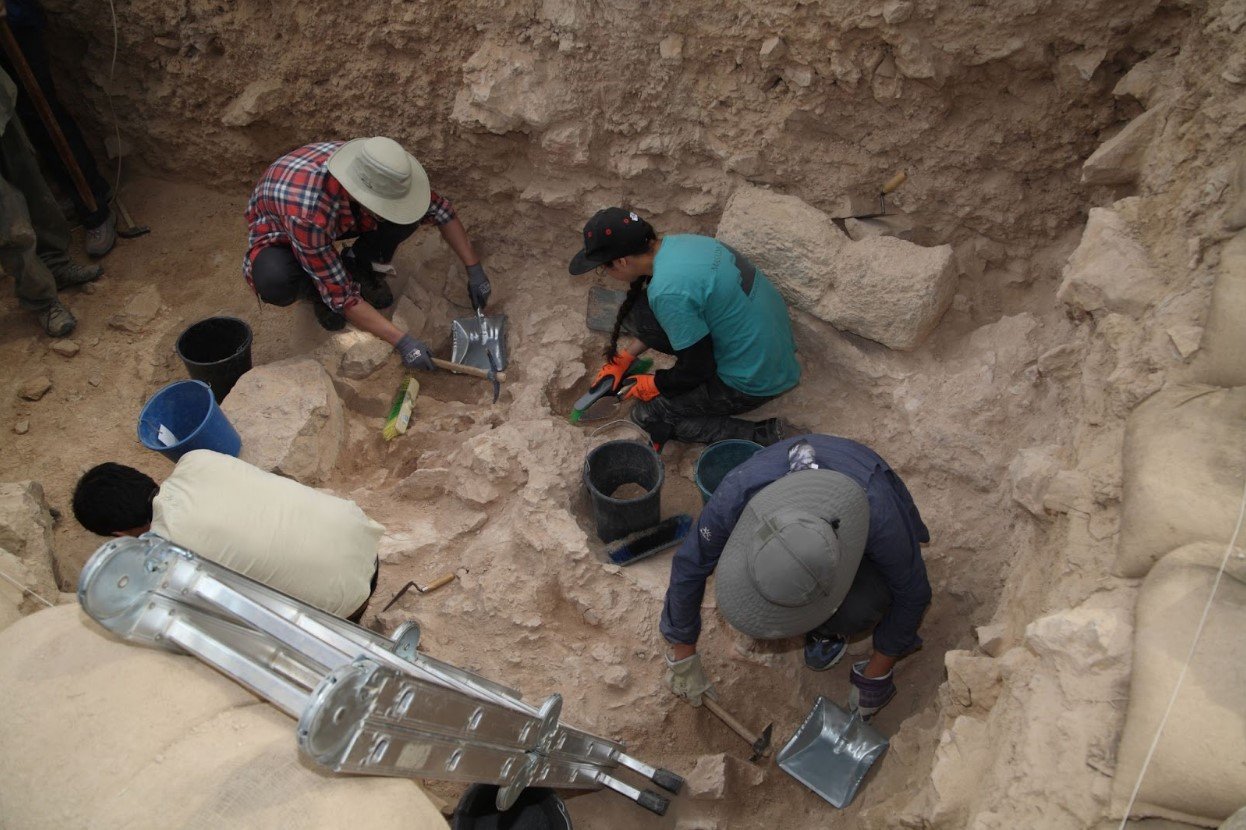
Source: Dan Porges/Getty Images
The Moroccan trilobites offer a unique glimpse into marine life from this distant past.
Preservation in Volcanic Ash
The trilobites were found in fine volcanic ash, which preserved their soft tissues in three dimensions.
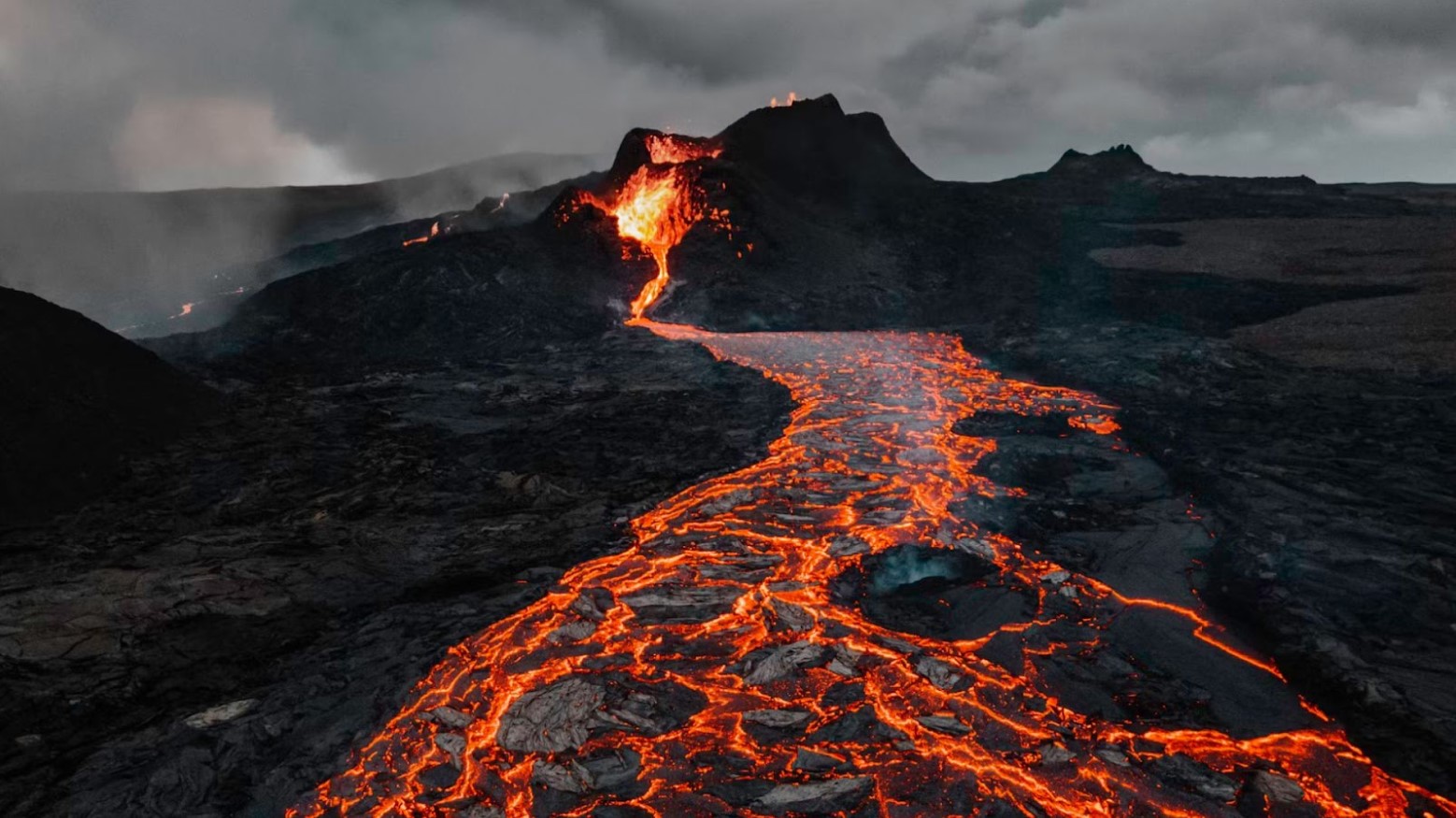
Source: Tetiana Grypachevska/Unsplash
This is similar to the human bodies preserved in Pompeii by the eruption of Vesuvius in 79 AD. The volcanic ash created undistorted molds of these ancient creatures.
The Role of Pyroclastic Flows
Explosive eruptions, especially pyroclastic flows, can rapidly bury marine environments. These high-speed ash clouds covered vast areas quickly, cementing the trilobites in place.
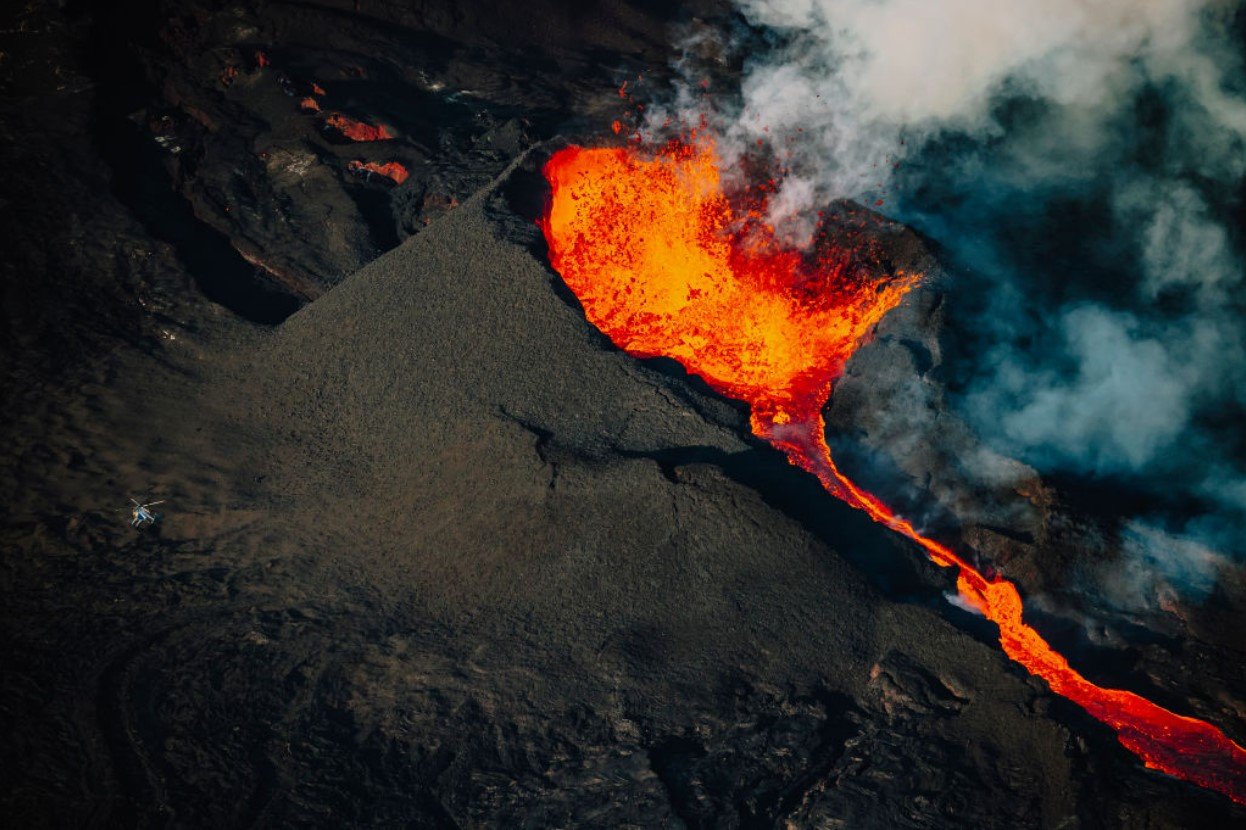
Source: Andrew Richard Hara/Getty Images
The rapid burial ensured exceptional preservation of their delicate features.
Detailed Anatomy Revealed
Using X-ray scanning, researchers reconstructed the trilobites’ anatomy in high resolution.

Source: Wikimedia
This detailed view includes the tiniest bristles on their walking legs, less than a tenth of a millimeter long. Such precision offers new insights into trilobite biology.
A Paleontological Pompeii
The preservation of these trilobites is similar to a paleontological Pompeii. The rapid entombment captured the trilobites in life positions.

Source: Britannica
Tiny filter-feeding brachiopods attached to the trilobites were also preserved, showcasing their symbiotic relationship.
Implications for Evolutionary Biology
This discovery provides a more complete understanding of trilobite anatomy and evolution.

Source: DC Studio, Freepik
It highlights the complexity of ancient marine ecosystems and the interactions between different species.
The Significance of Soft Tissue Fossils
Soft tissue fossils are rare and provide critical information that hard exoskeletons cannot. They offer insights into the internal structures and functions of ancient creatures.

Tim Tim (VD fr)/Wikimedia Commons
This discovery sets a new benchmark for trilobite fossil studies.
Future Research Directions
The Moroccan trilobite fossils open new avenues for research. Scientists can explore the conditions that led to such exceptional preservation.
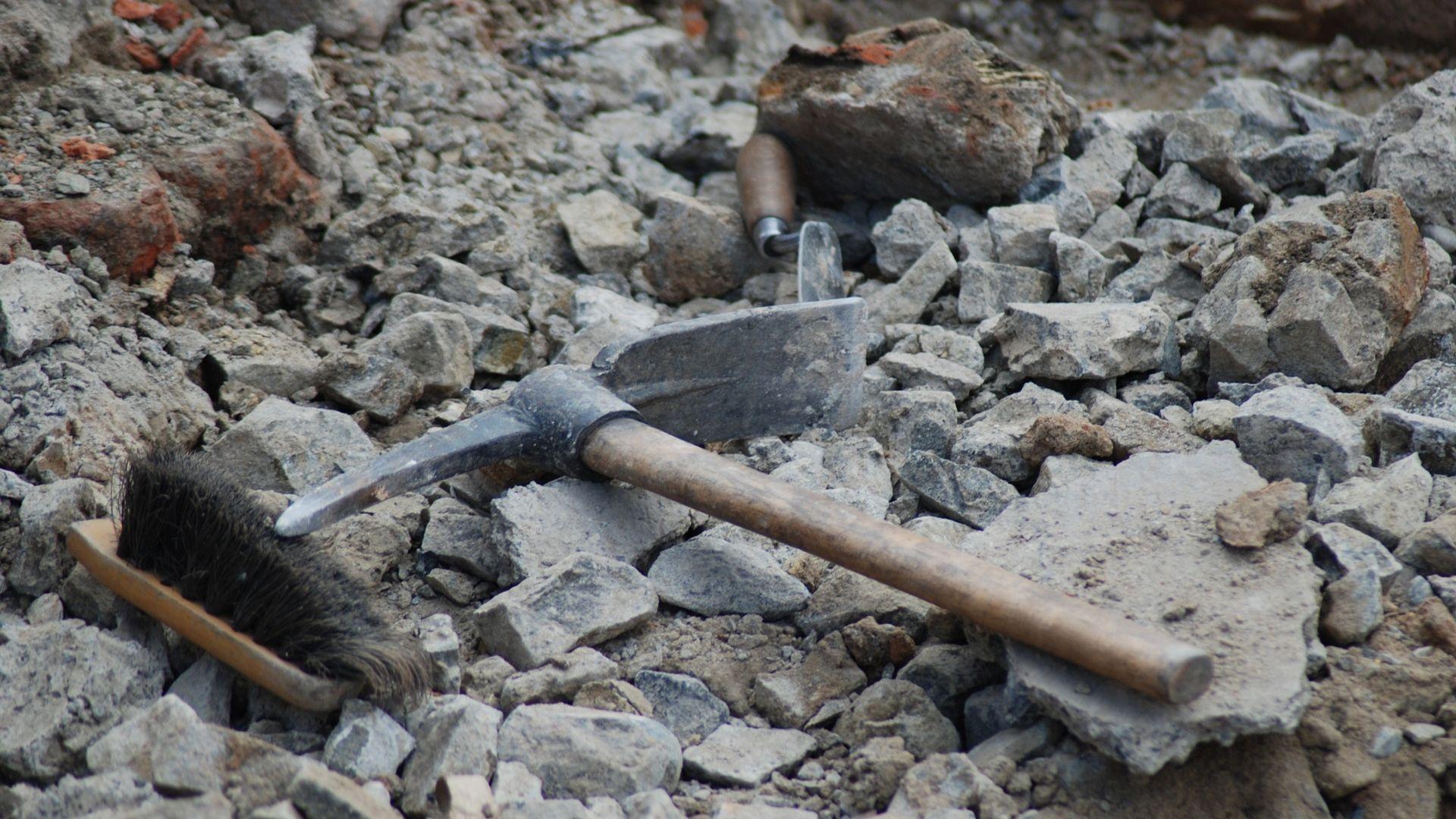
Source: Jumbuk73/Pixabay
Future studies might reveal more about the behavior and ecology of these ancient arthropods.
Continued Exploration
The discovery of these rare soft tissue fossils is a significant milestone in paleontology.
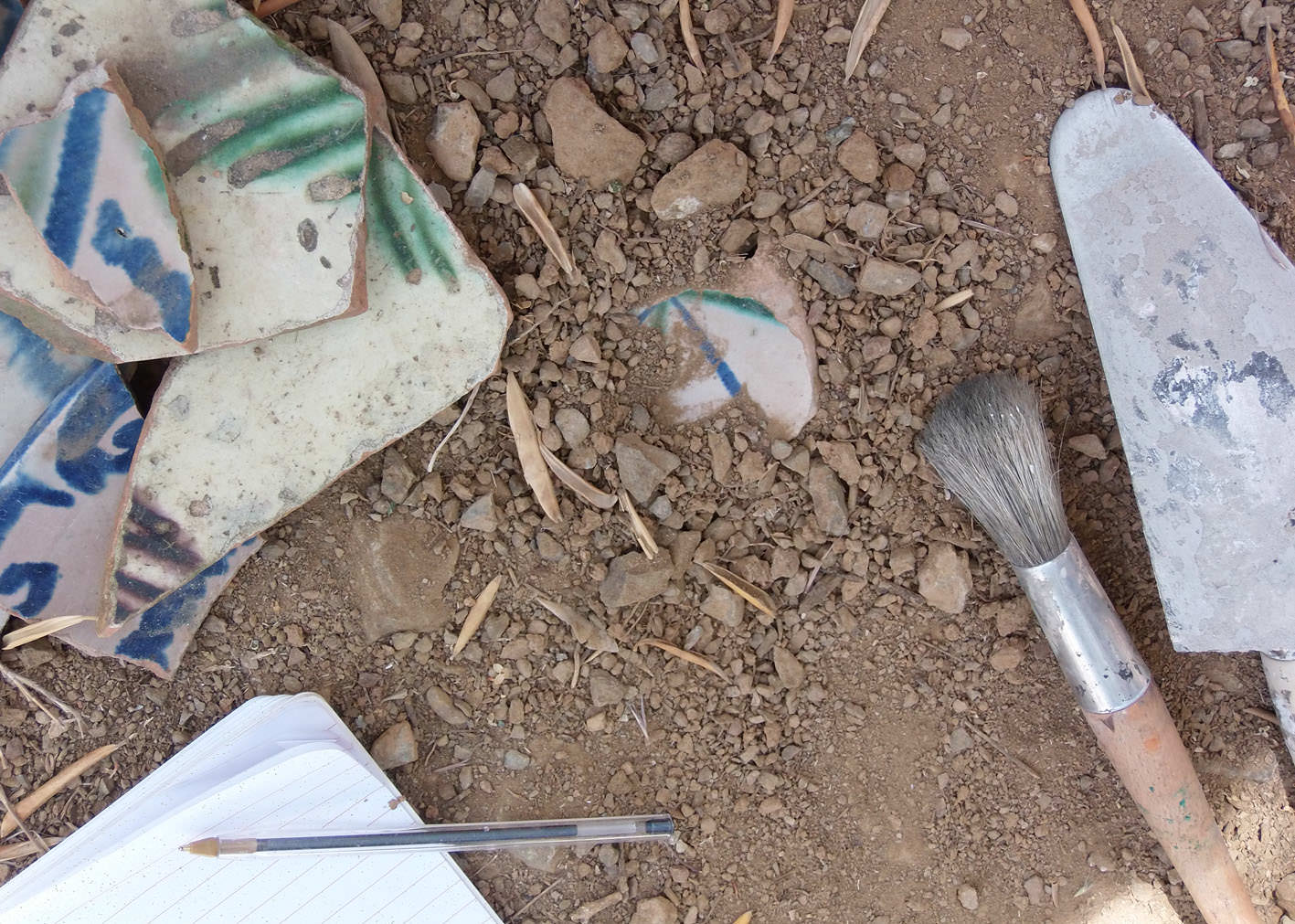
Source: Maisie Jewkes / World History Encyclopedia
It enhances our understanding of trilobites and the Cambrian marine environment. As research continues, we can hope for more fascinating revelations about Earth’s ancient past.
